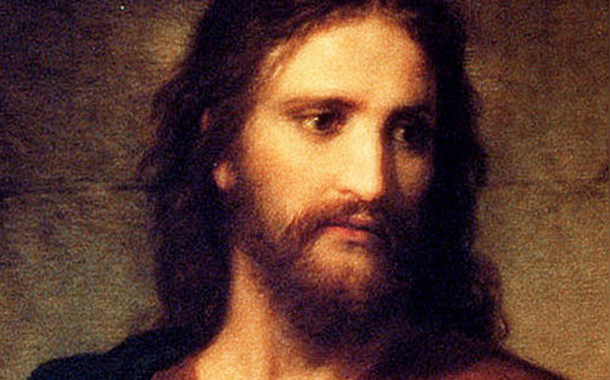<![CDATA[A team of Spanish archaeologists has found one of the earliest images of Jesus Christ, outside the southern Spanish city of Linares, shedding fresh light on the existence of Christianity in Spain. The finding has made it easier for archaeologists to review the chronology of Christianity in the country. The image found is imprinted on a glass plate, also known as a paten, and dates back to the fourth century A. D. In the image, Jesus is found beardless with short, curly hair along with two other male characters, presumably the apostles Paul and Peter. The accompanying figures are equally beardless, with all three having halos over their heads. Jesus' clothing looks like a philosopher's toga. So, in the image, Jesus Christ looks completely different to images from the later part of his life. The plate, measuring 8.6 inches (22cm) in diameter, was found broken into several pieces inside a structure in the ancient city of Cástulo in Andalusia. The chief of the FORVM MMX dig project that unearthed the plate, Marcelo Castro, revealed that the building in which the image was found was erected during the second half of the fourth century A.D, but was then abandoned after a century or so. Castro told the journalists that they know the image is from the fourth century because of the fact that popes in subsequent centuries ordered every part of patens to be made out of silver. The time matches with the rule of Constantine, the Roman emperor who ended the oppression of Christians. The image on the plate has greenish hues and is still in very good condition. The FORVM MMX dig project archaeologists managed to find 81% of the whole paten. Castro said that the paten is similar to 'Christ in Majesty' iconography. The earliest Christian artists, replicating Byzantine and Roman styles, always depicted Jesus Christ in the centre of their artworks, surrounded by other consecrated characters. In the image, Jesus holds the Holy Scriptures in one hand and the cross- the sign of renaissance- in the other. The other two figures carry a roll each in their hands. In a statement, archaeologists of the FORVM MMX dig project said that the scene occurs within the extraterrestrial orb, enclosed between two palm trees. This orb is regarded as the symbol of the afterlife, immortality and heaven in Christian iconography. The paten is currently on display in the Museum of Linares. ]]>
Beardless Jesus Christ Image Unearthed in Spain
